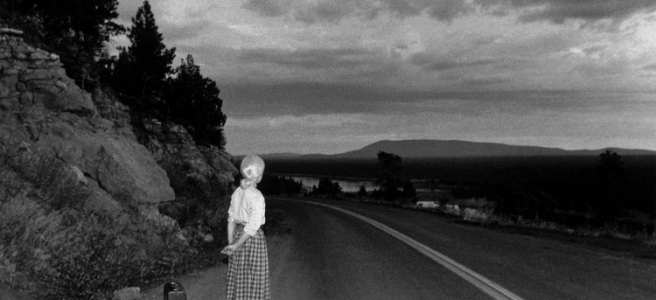This is an archive of online material, physical books and artists that I've researched while conducting Contextual Studies Part 1, compiled in one place.
Category: Assignment 1
Assignment 1 – Contextual Studies – Final
There is an indexical connection between the photograph and a real life scene containing information the photograph captured. According to Barthes, 'a specific photograph, in effect, is never distinguished from its referent’ - (Barthes, 1984)
Reasoning For Changes I Made to Assignment 1 – Contextual Studies
Here I have described my reasoning for the changes I made highlighted in red to Assignment 1 - Contextual Studies
Assignment 1 – Contextual Studies – Changes Marked in Red
I have decided to edit my first introductory essay for Contextual Studies in order to improve upon the original essay while gaining clarity on some of the concepts I talked about, thanks to my tutor's interventions. These interventions were mainly concerning some confusion over certain photographic terms and the changes can be found marked in red
Tutor Report for Assignment 1 – Contextual Studies
I have attached below my tutor report for my introductory essay
The Truth Claim of Photography in Relation to My Practice – Assignment 1 – Contextual Studies – Original
The Truth Claim of Photography in Relation to My Practice There is an indexical connection between the photograph and a scene containing information the photograph captured. According to Barthes, 'a specific photograph, in effect, is never distinguished from its referent’ - (Barthes, 1984). This creates a very convincing illusion for the viewer that they were there, … Continue reading The Truth Claim of Photography in Relation to My Practice – Assignment 1 – Contextual Studies – Original
The Relationship Between Photography and Reality
Howells introduces the relationship between photography and reality. He does so in an easy to comprehend manner which I found conducive for understanding the essay. Firstly he describes the invention of photography and its formative years. This was information I’d largely heard about before but it does inform the rest of the essay going forwards. However, for me where the essay gets really interesting is Howells mentioning the arguments of Roger Scruton with his assertions that photography could not be considered an art form like painting could.
Rhetoric of the Image (1964) – Roland Barthes
The image is something of an enigma for me with regards to meaning and, according to Barthes (1964), this mystery can be seen from two fronts. Firstly, linguists say that compared to language, the image is fairly simplistic: ‘the image is an extremely rudimentary system in comparison with language’ - (Barthes, 1964). Secondly, ‘those who think that signification cannot exhaust the image’s ineffable richness.’ - (Barthes, 1964). I would put Vilém Flusser in this second category who talks of the ‘magic’ of images recurring infinitely: ‘the image is none other than the world of magic, a world in which everything is repeated and in which everything participates in a significant context.’ - (Flusser, 1983).
The Photographic Activity of Postmodernism – Douglas Crimp (1993)
Postmodernism has been a slippery concept for me to grasp in the past. By reading ‘The Photographic Activity of Postmodernism’ by Douglas Crimp (1993), I aim to get a better grasp of it and to relate it back to my own work if applicable.
The Work of Art in the Age of Mechanical Reproduction – Walter Benjamin (1936)
I found this essay quite challenging to read but after reading through approximately three times I found I grasped a lot of the concepts. This made for a rewarding experience and made me think hard concerning the original art work's (and indeed the photograph's) authenticity.



